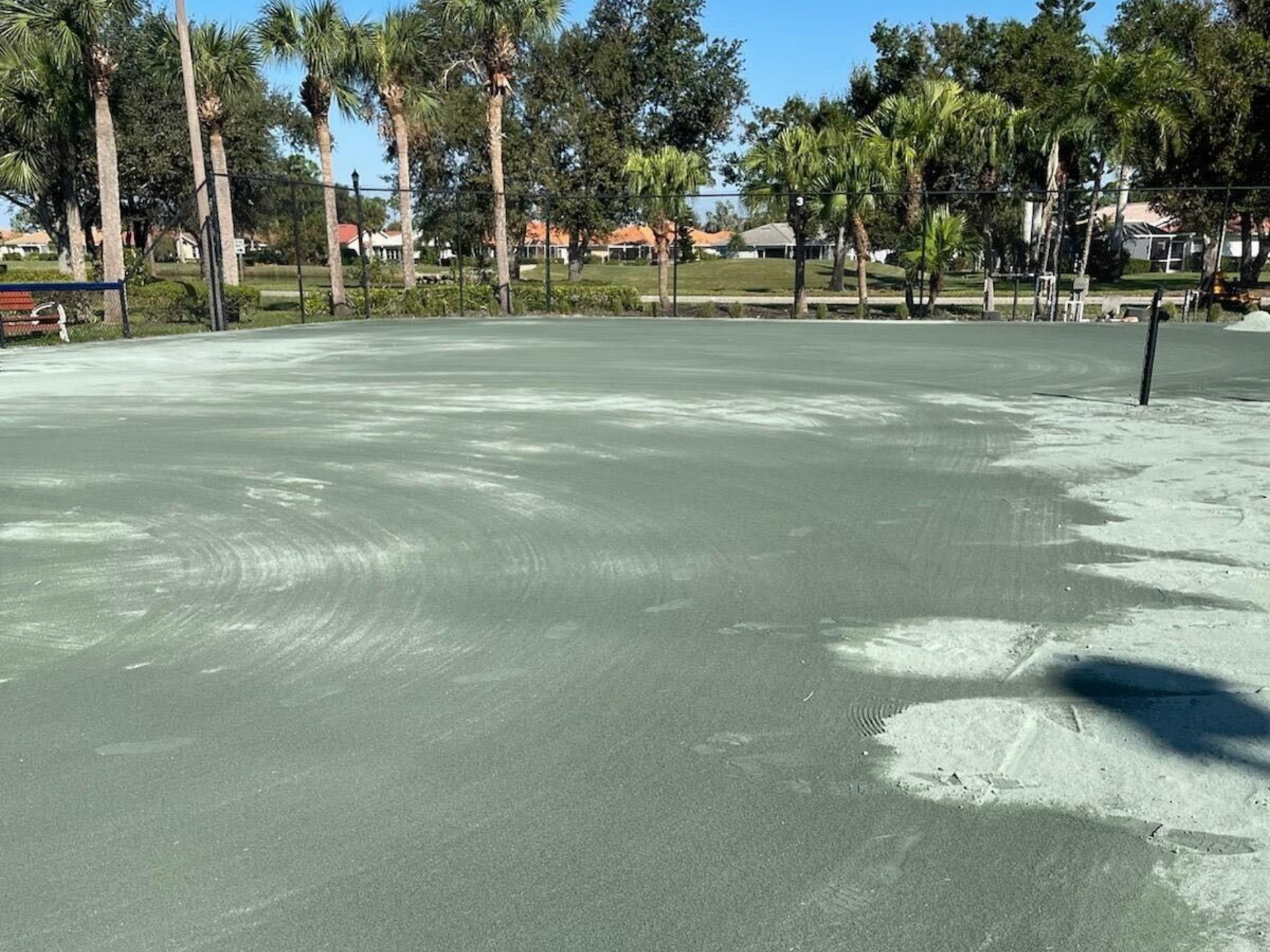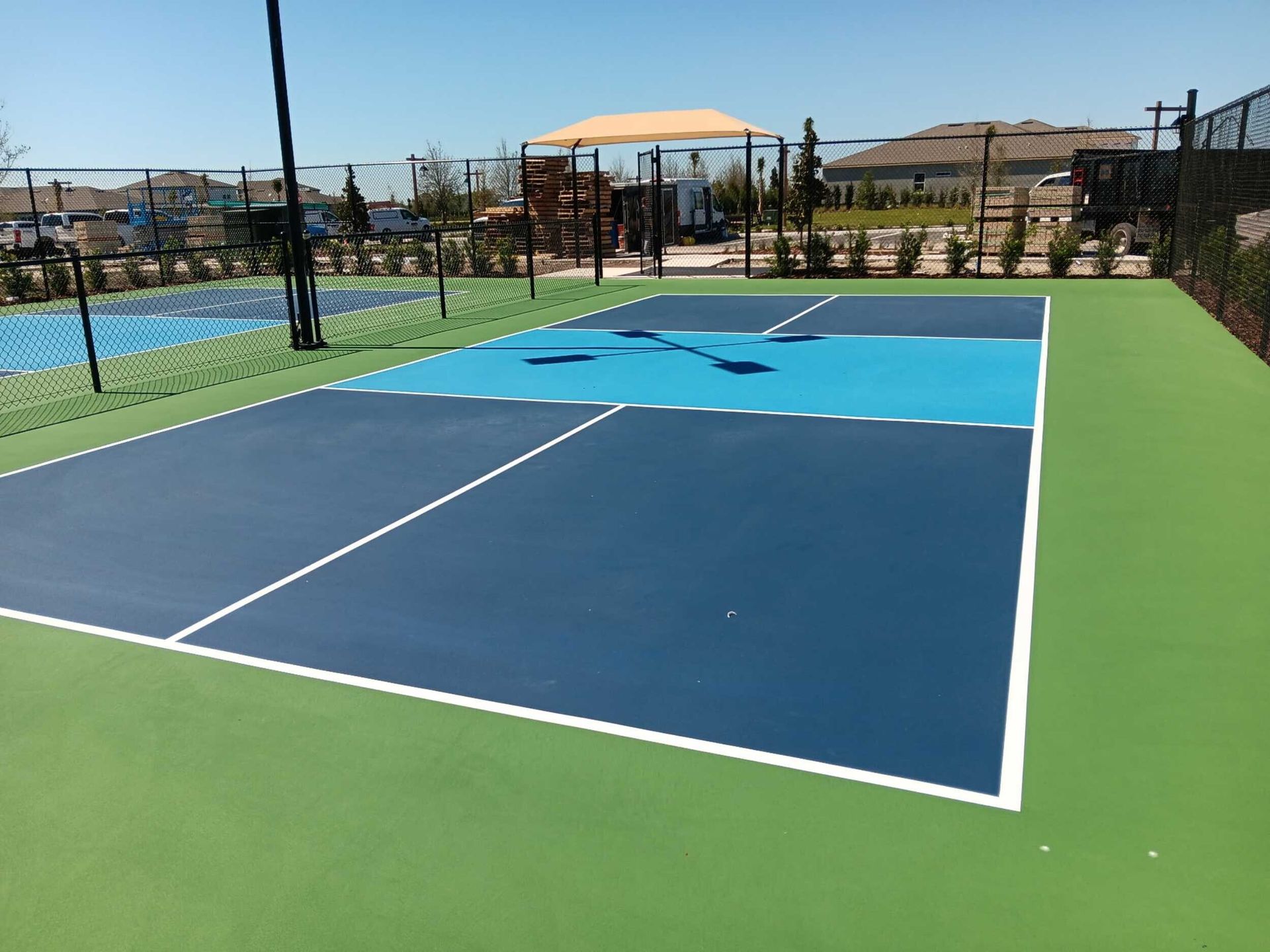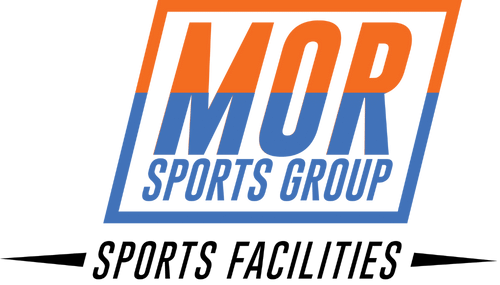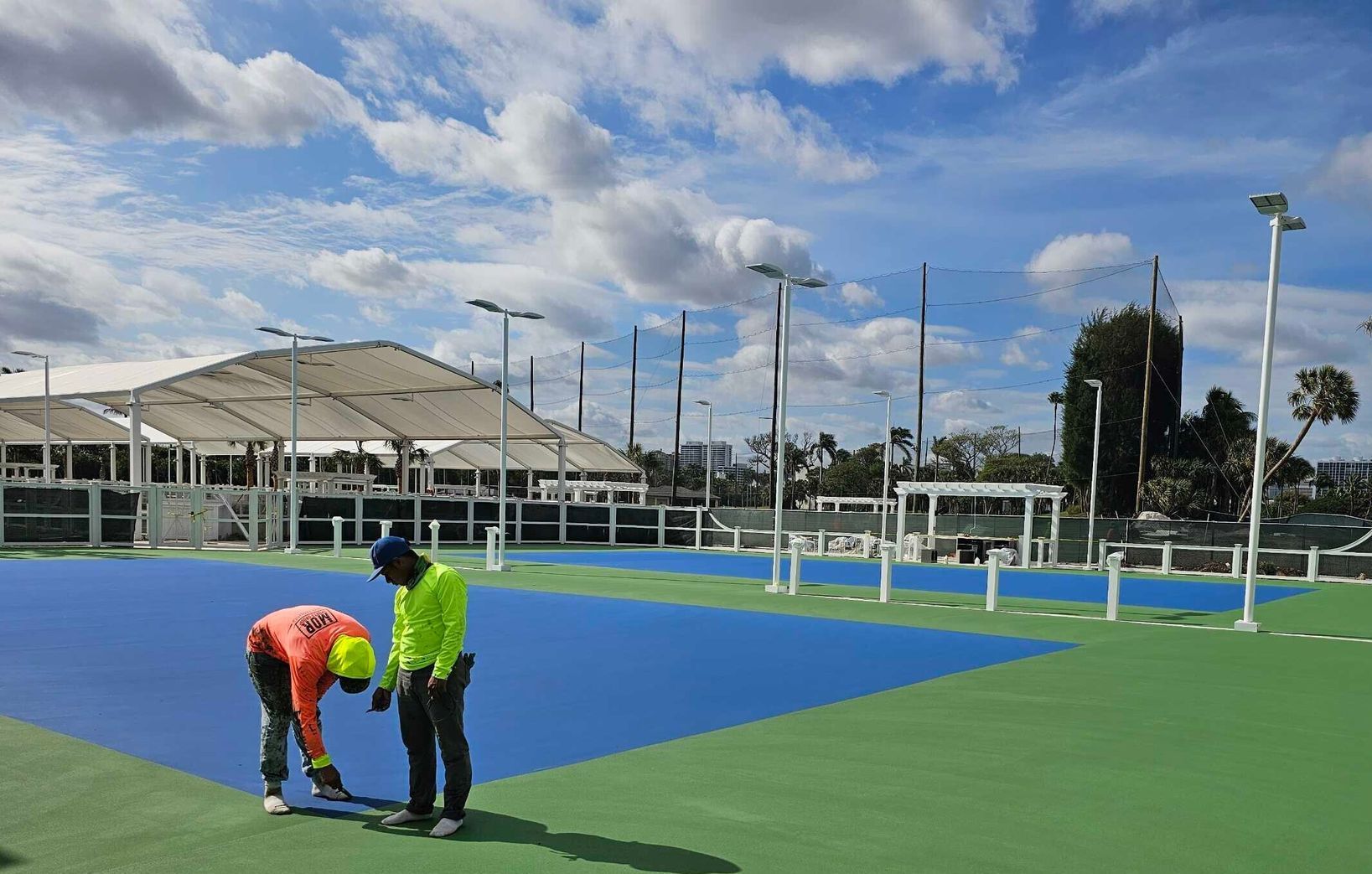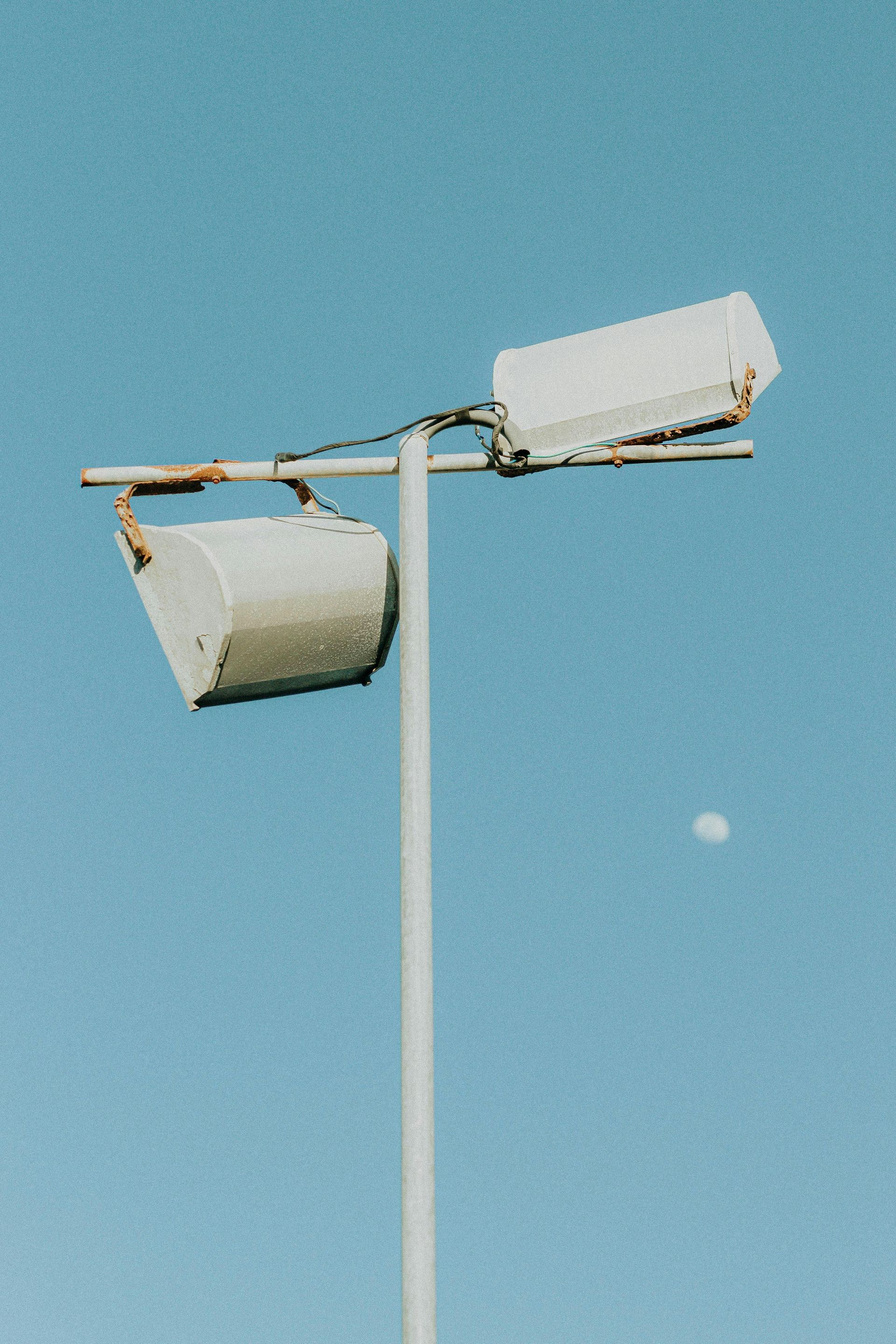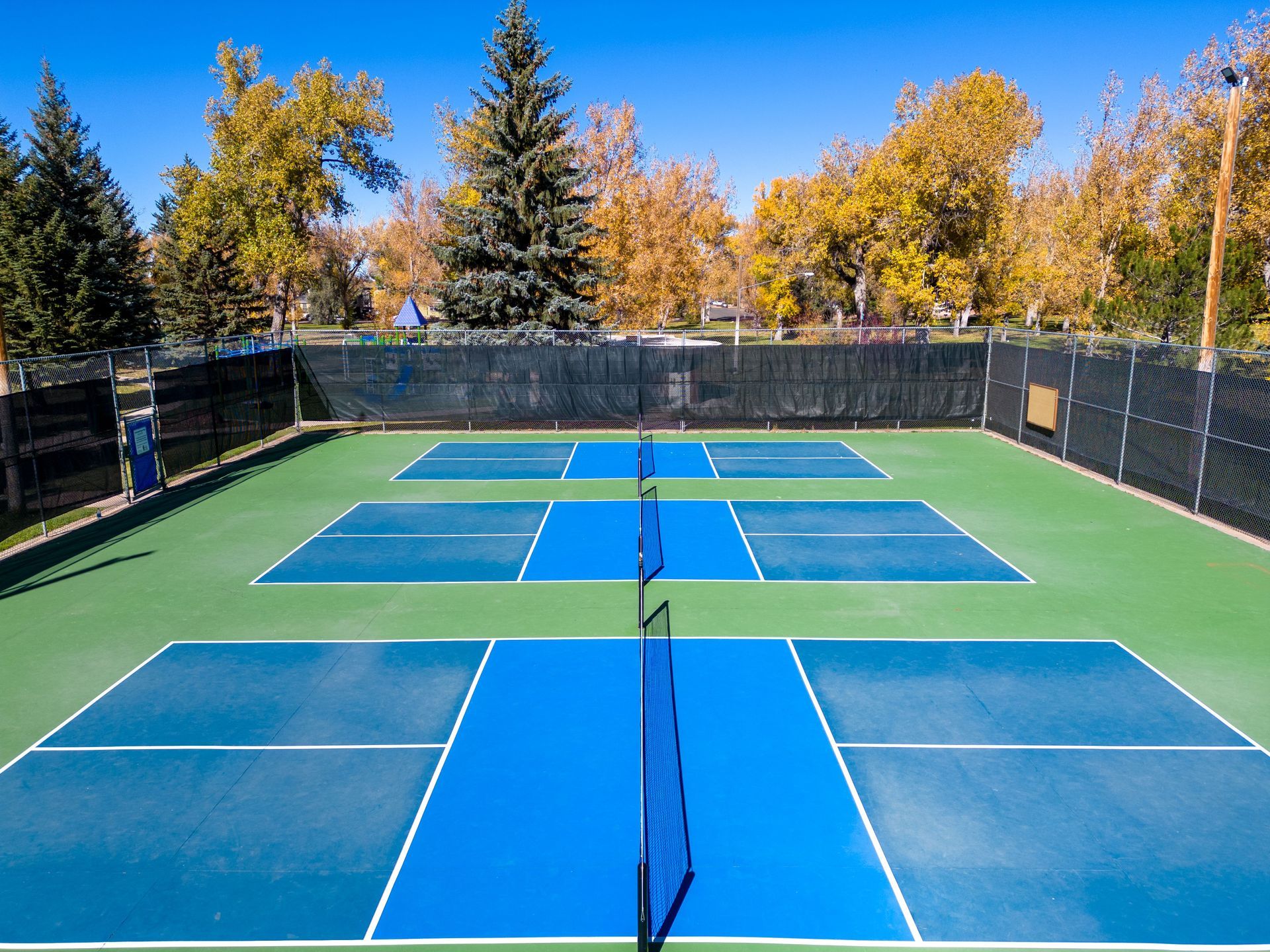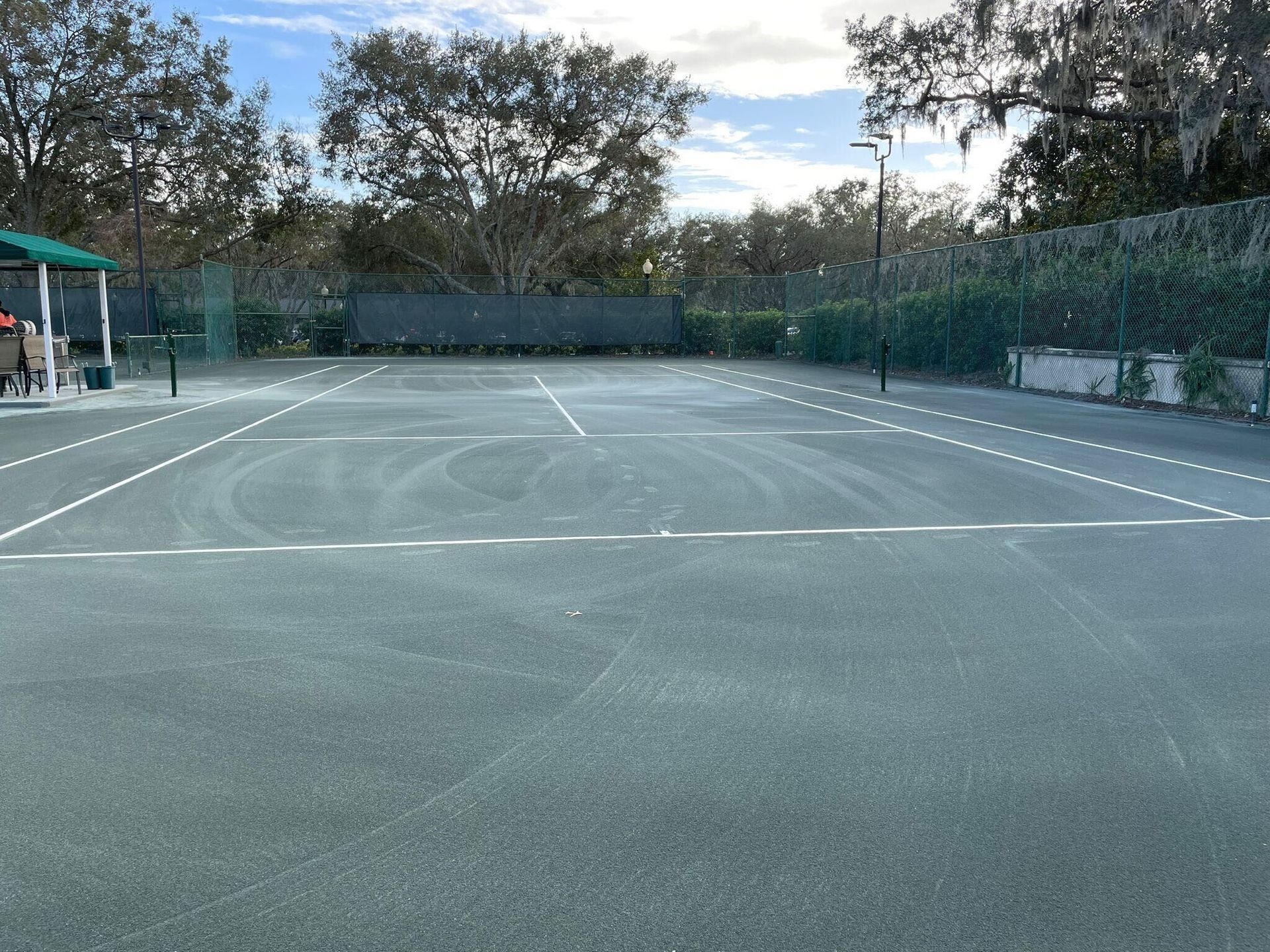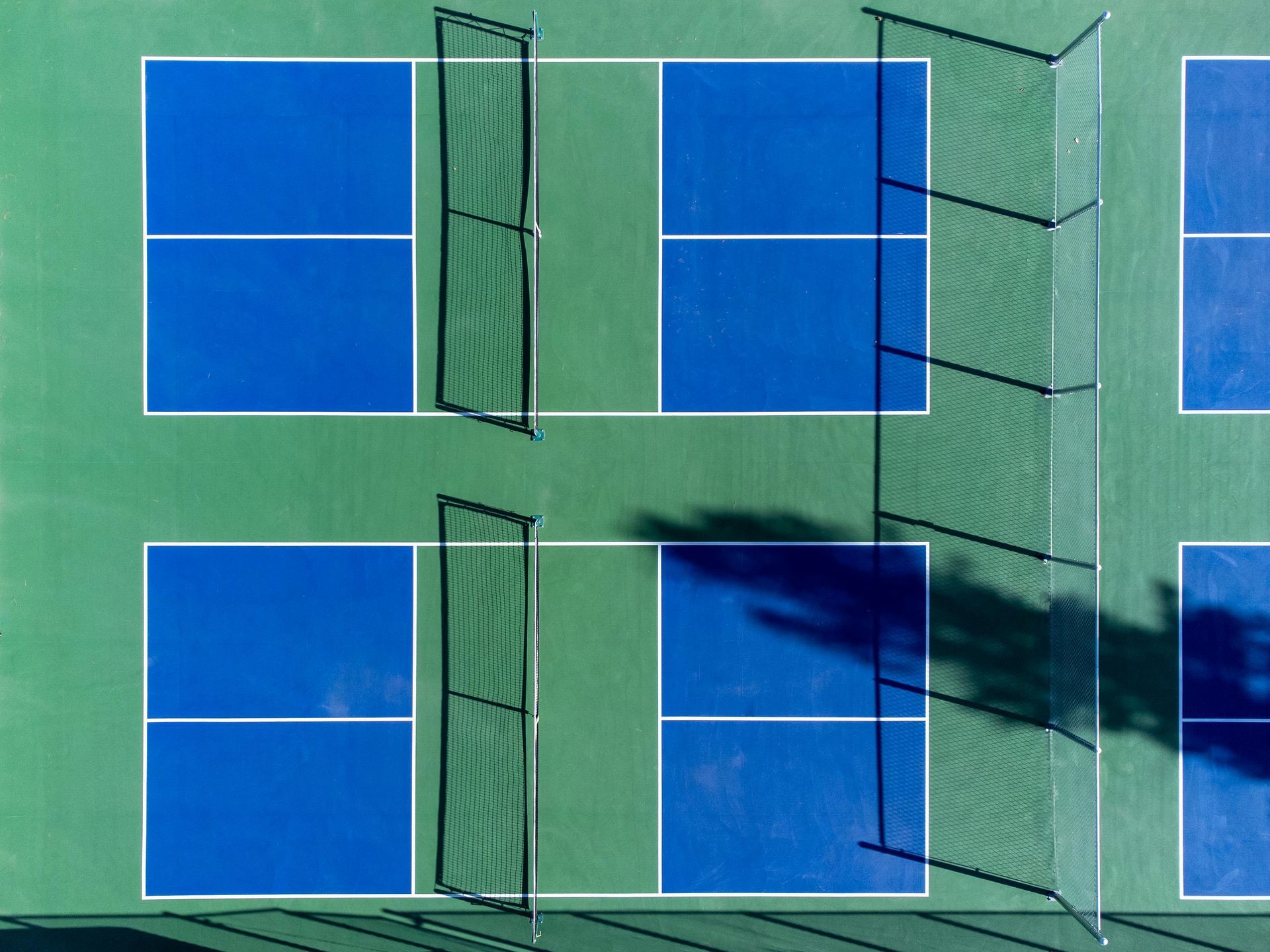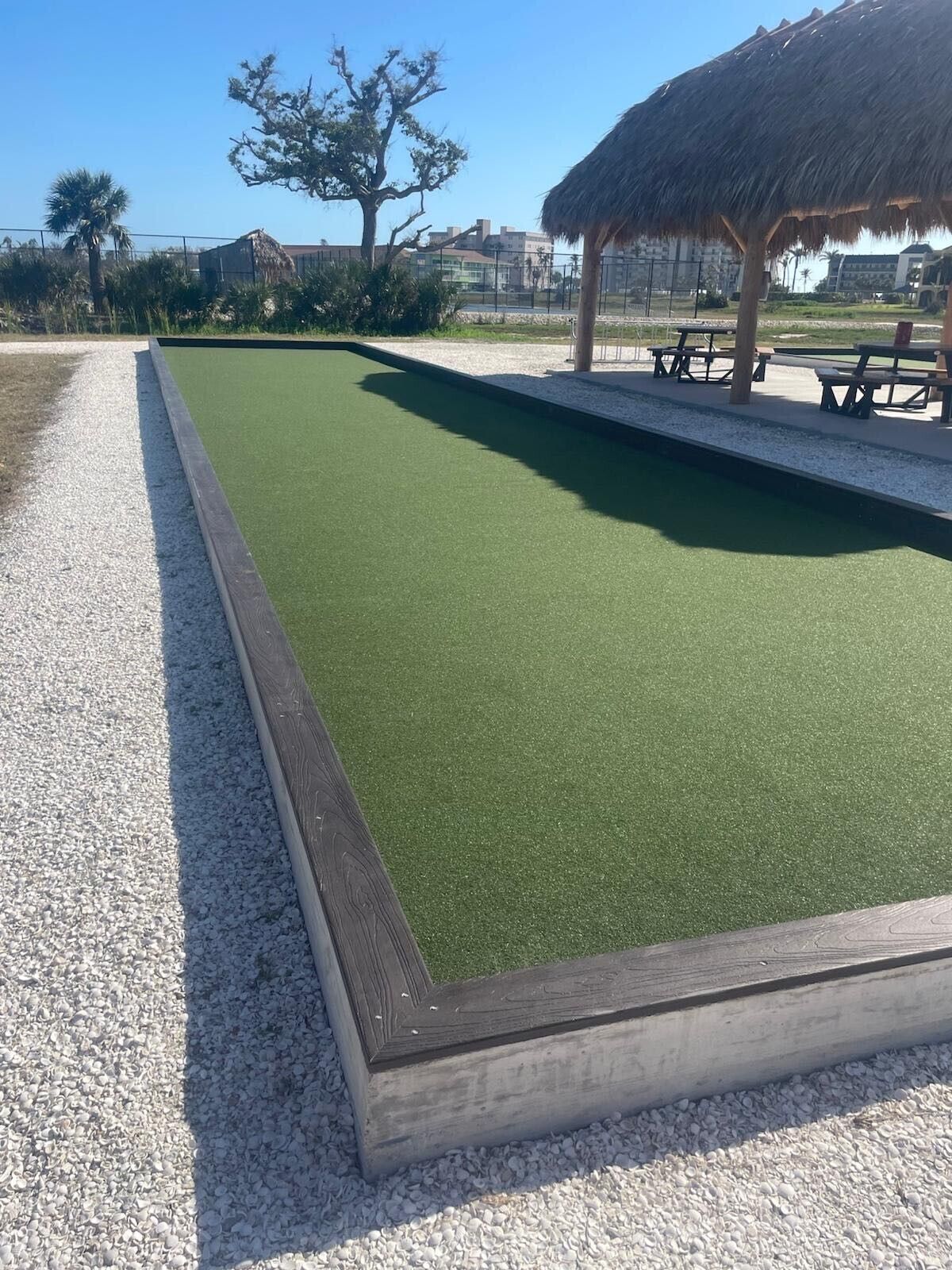Benefits of Synthetic Grass for Tennis Courts
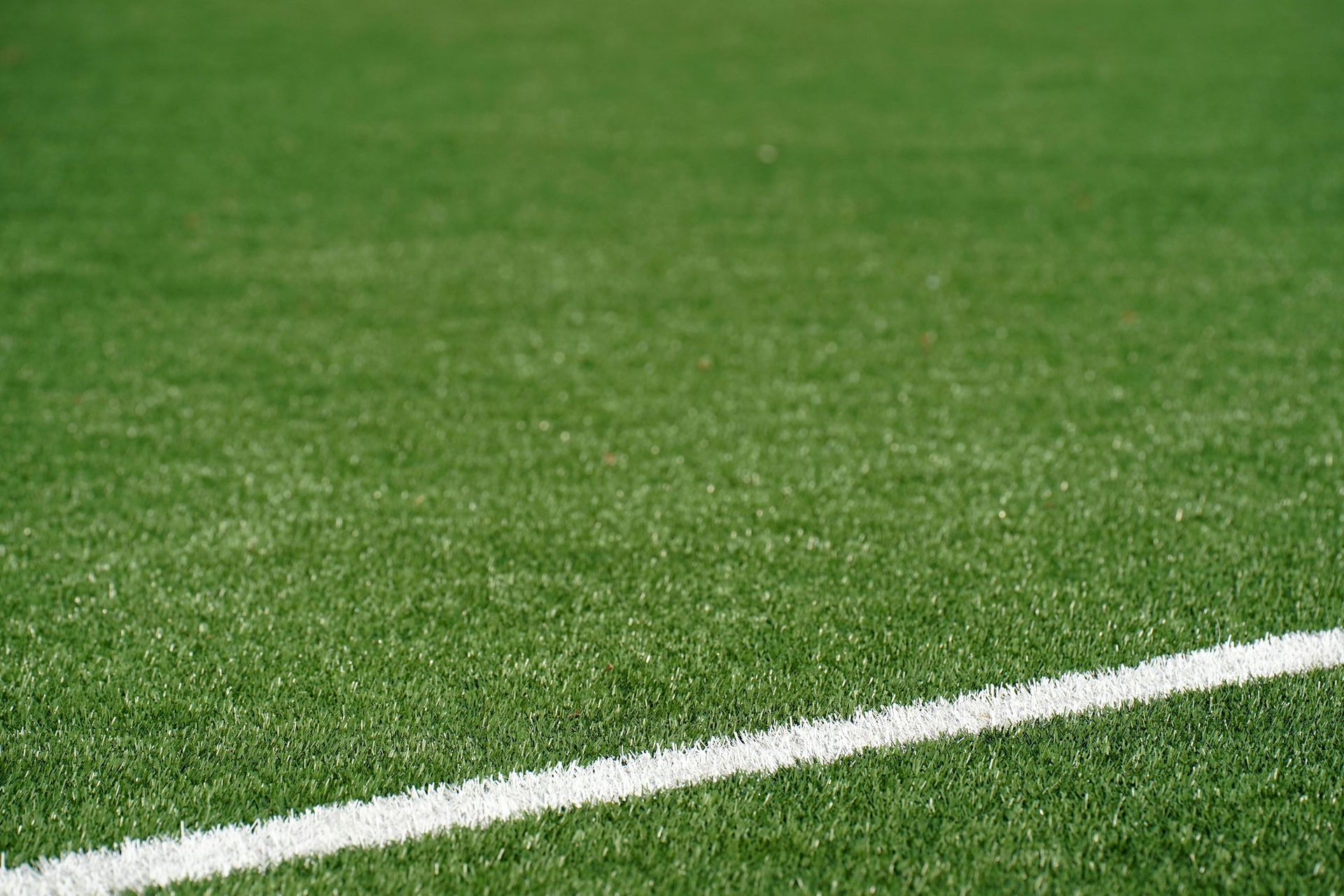
If you’re thinking about building or resurfacing a tennis court, synthetic grass might just be the upgrade you didn’t know you needed. Today’s artificial turf isn’t the stiff, plastic-looking surface of the past. It’s more advanced, more durable, and tailored for real tennis performance.
From reducing maintenance to increasing year-round playability, synthetic grass has earned its place on residential and professional courts alike. Let’s explore why.
Why More Tennis Courts Are Going Synthetic
As tennis facilities seek to offer top-tier performance while minimizing maintenance demands, synthetic grass has emerged as a smart, long-term solution. It balances aesthetic appeal with practical functionality, which is why more private homeowners, schools, and athletic organizations are choosing it over traditional grass or even hard courts.
The shift isn’t just about looks—it’s driven by how well artificial grass performs in real-world conditions. From training centers to community courts, synthetic turf is proving to be a versatile, resilient surface that adapts to a range of climates and use cases.
For a broader understanding of how different tennis surfaces perform, the International Tennis Federation’s surface classification is a helpful reference.
Key Advantages of Artificial Grass for Tennis Courts
Synthetic turf offers a unique set of benefits that make it ideal for tennis courts. These advantages go beyond the surface, influencing player experience, facility management, and overall long-term investment.
Whether you manage a high-traffic sports center or a private residential court, the benefits below highlight why synthetic grass is worth serious consideration.
Lower Maintenance, Lower Costs
Maintaining natural grass is a demanding job that requires constant attention. With artificial turf, however, the need for mowing, watering, fertilizing, or replanting is eliminated. This drastically reduces maintenance hours and recurring costs.
Facilities that switch to synthetic grass often see a significant drop in utility usage and labor, freeing up time and resources for other priorities. For homeowners and schools alike, this can mean lower overhead and a more consistently playable court.
Reliable Play in Any Season
One of the biggest advantages of synthetic tennis turf is its all-weather playability. Thanks to advanced drainage systems built into the surface, water is quickly channeled away, allowing for fast drying times after rain and no mud-related delays.
This year-round usability is particularly valuable in climates with unpredictable weather patterns. Rather than cancel matches or practice due to wet or soft conditions, players can continue their routines without disruption.
Consistency You Can Feel
Consistency is a key factor in a quality playing surface, and this is where synthetic turf shines. Unlike natural grass, which can wear unevenly or become patchy, synthetic turf maintains a uniform playing field across the entire court.
This ensures predictable ball bounce and stable footing, reducing mishits, improving accuracy, and enhancing the overall player experience. Coaches and players alike value this reliability, especially in competitive or training environments.
A Surface That’s Gentle on Joints
Synthetic turf systems are often installed with cushioned underlayers that help absorb shock during movement. This provides a softer landing surface, reducing strain on the knees, ankles, and back during long sessions of play.
For senior players, children, or individuals recovering from injury, this added layer of protection makes the court far more accommodating. Even high-intensity players will notice less fatigue and soreness after extended use compared to harder court surfaces.
Environmentally Smarter
From an environmental standpoint, synthetic turf courts drastically reduce the need for water, fertilizers, and pesticides. This not only lowers the facility’s ecological footprint but also eliminates the runoff of chemicals into surrounding soil and water systems.
Many modern turf systems are manufactured using partially recycled materials, and some can even be recycled at the end of their life. This makes synthetic grass a more sustainable option that aligns with green building initiatives or conservation goals.
Strong Return on Investment
Although synthetic grass requires a higher initial investment, its long-term savings and durability make it a financially smart choice. Once installed, the court requires minimal upkeep and remains playable year-round.
| Feature | Natural Grass | Synthetic Grass |
|---|---|---|
| Maintenance Needs | High (weekly) | Low (monthly or less) |
| Lifespan | 5–7 years (with care) | 10–15 years or more |
| Cost Over Time | Higher (cumulative upkeep) | Lower (after installation) |
Recent industry analyses project strong growth in the adoption of synthetic tennis court surfaces, highlighting a broader shift across the tennis world toward durable, low-maintenance, and cost-effective court solutions. This trend is driven by rising demand for consistent play conditions and reduced facility upkeep in all climate conditions.
Looks Natural, Performs Better
Advancements in synthetic turf design have led to incredibly realistic-looking products. Today’s tennis turf features multi-tone blades, varying textures, and thatch layers that replicate the appearance and feel of real grass.
Whether you're creating a luxury backyard court or enhancing a sports facility, the final result is both functional and visually appealing—always green, clean, and ready for play. This visual consistency is especially valued by clubs and venues that host public or televised matches.
Built for Weather, Built to Last
Artificial grass for tennis courts is engineered to withstand extreme conditions—from scorching summer heat to heavy rainfall and snowfall. UV-resistant fibers prevent fading and brittleness, while strong backing materials keep the turf securely in place despite frequent foot traffic.
These systems are built to last well over a decade, often with minimal need for repairs. That level of durability makes synthetic turf a dependable long-term surface, especially for multi-use spaces or busy facilities.
Tailored to Your Court
One of the standout benefits of synthetic turf is how adaptable it is. You can customize pile height, infill type, shock absorption, and even turf color to suit your performance goals and aesthetic preferences.
For example, competitive players may prefer shorter pile heights for truer ball bounce, while community courts might benefit from extra cushioning to enhance comfort. Working with an experienced turf installer ensures every component is tailored to your specific project.
Trusted Tennis Court Turf Installer
For synthetic grass tennis court installation, Mor Sports Group is a proven expert. They deliver high-performance turf systems that combine durability, aesthetics, and consistent play—ideal for private residences, schools, clubs, and sports facilities.
Mor Sports Group offers:
- Tennis-specific turf systems designed for optimal ball response
- Complete project management, from planning to installation
- Low-maintenance surfaces built to last in a variety of environments
- Tailored solutions for backyard courts, athletic facilities, and multi-sport spaces
- Expert recommendations on turf type, infill, and underlay for comfort and safety
With a strong track record and commitment to quality, Mor Sports Group ensures every tennis court they build performs at a high standard for years to come.
Conclusion
Synthetic grass offers a compelling alternative to natural grass for tennis courts, blending performance, safety, and aesthetics with impressive longevity. When installed correctly, it delivers a reliable, eco-conscious surface that serves athletes of all ages and skill levels.
Ready to make the switch? The right turf system could be the best investment your court ever makes.
